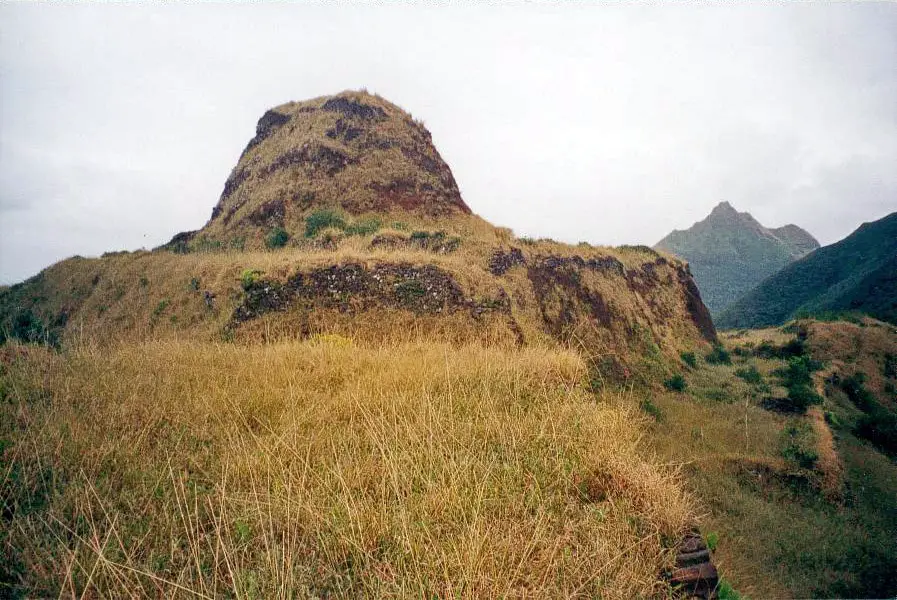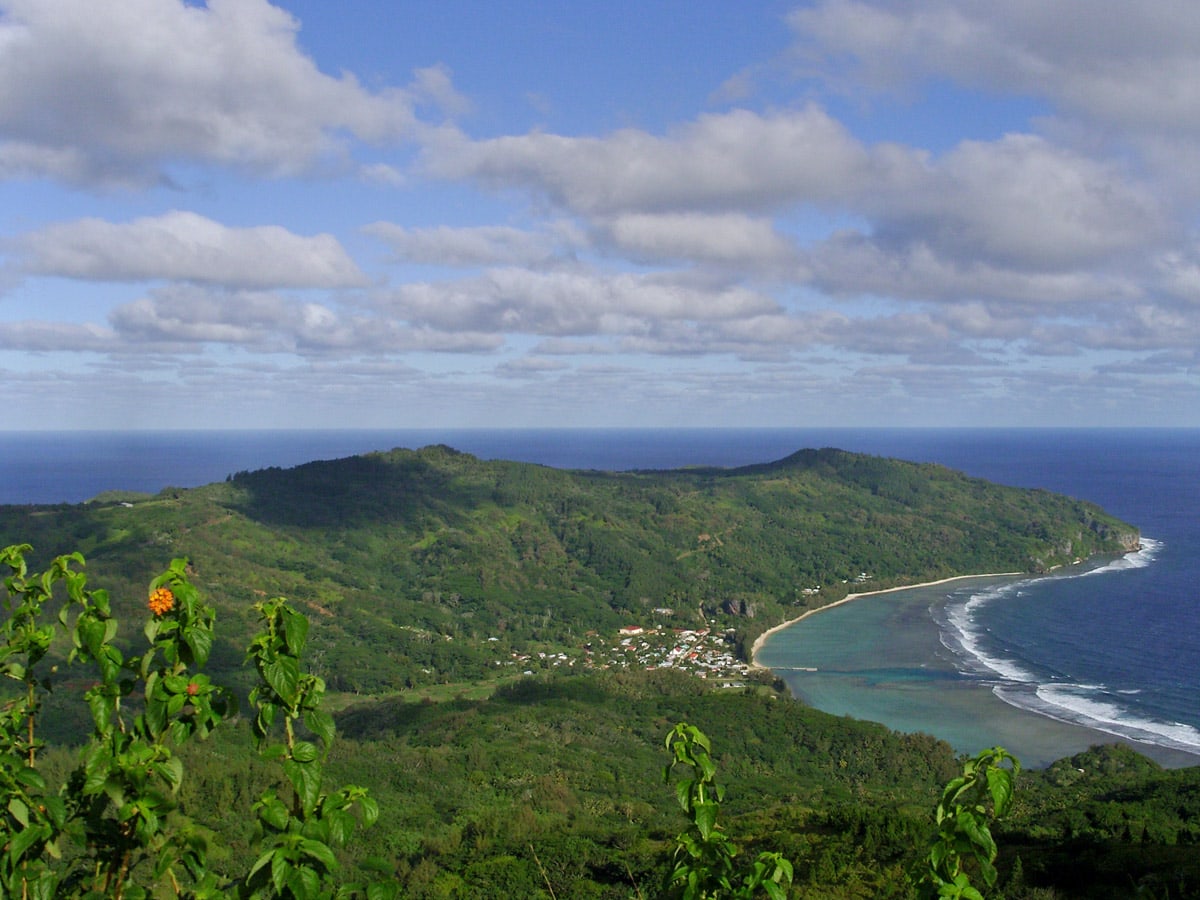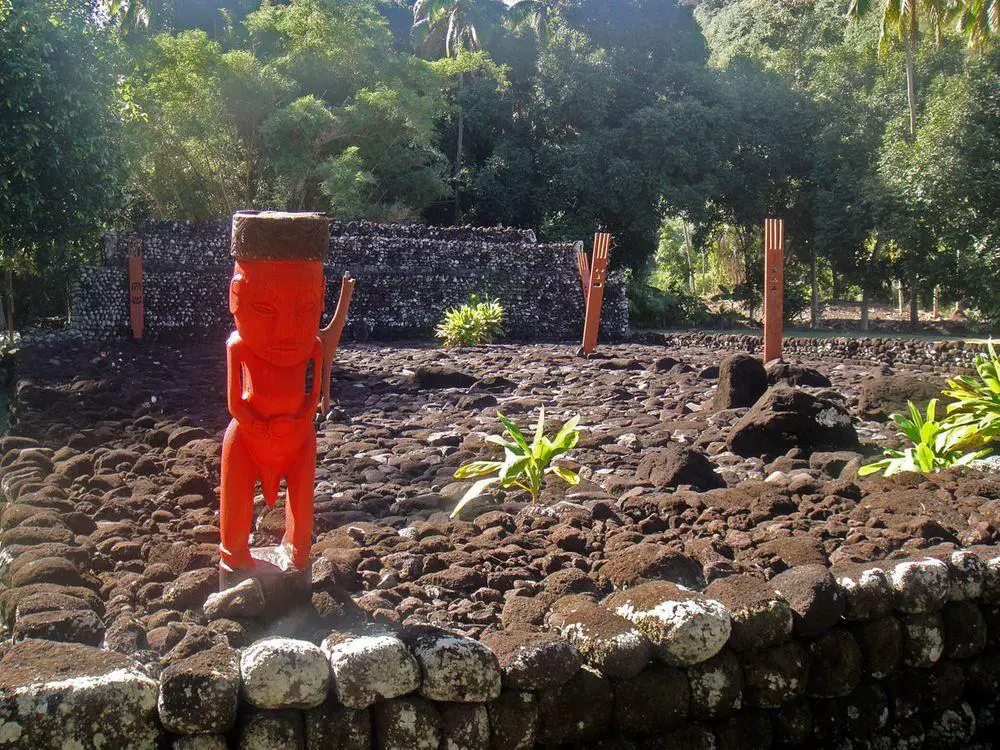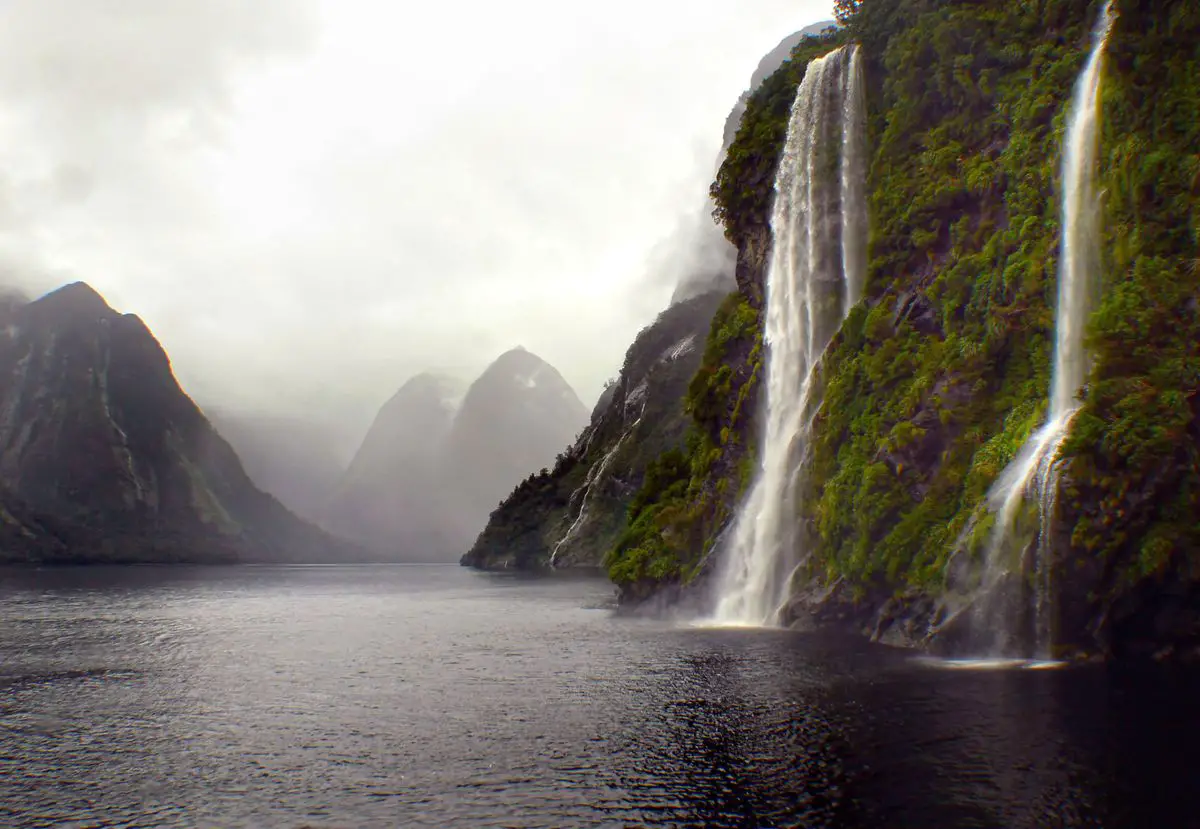World 🢖 Australia and Oceania 🢖 Polynesia 🢖 French Polynesia 🢖 Austral Islands
Prehistoric fortifications 🢔 Fortifications 🢔 Archaeological wonders 🢔 Categories of wonders
Wonder
Morongo Uta

 In short
In short
Once upon a time, some 800 years ago a small group of people happened to find an idyllic and remote island – Rapa Iti. They stayed here and… after some centuries faced a situation where the natural resources of the island were depleted and not able to sustain them.
 39.3%
39.3%
GPS coordinates
Location, address
Age
Culture
Map of the site
If you see this after your page is loaded completely, leafletJS files are missing.
 In detail
In detail
The life on the idyllic island turned into a nightmare – people started to kill each other and finally were forced to change their way of life completely – they moved in 14 mountaintop fortresses and lived in constant fear of sudden attack. The oldest of these fortresses is Morongo Uta.
Distant island
Rapa island is an ancient volcanic crater with a collapsed caldera. This 35 km² the large island is located 513 km from its closest neighbor – Raivavae island.
The scenery of this island is crowned with the 633 m tall Mount Perau with incredible vertical rock needles.
Biodiversity
When people arrived on the island around 1200 AD, it was covered with forest. The foggy weather facilitated the development of a lush rainforest. The isolation and old age of the island led to the development of a very high number of plants and animals met only here.
Since then people have changed the landscape of the island, turning most of it into grassland. Only a small patch of the original rainforest remains on the summit of Mount Perau, but nevertheless there are found hundreds of endemic species of plants and insects.
A chain of fortifications
Initially the people of Rapa lived in shelters and smaller settlements but some centuries later, in 1450 – 1550 AD some unknown events forced them to build their first mountaintop fortress – Morongo Uta.
Until the 18th century on the steep ridges on the island were built 14 such fortifications. Most likely the island was overtaken with an almost constant civil war between several clans. It is possible that the warfare was caused by exhausted natural resources and overpopulation.
Each fortification served as a central citadel for the settlement around it.
Such a concentration of fortresses is unique in Pacific islands.
The oldest fortress of Rapa
Morongo Uta is massive fortification. It is located on a smaller mountain summit, rising 258 m (381 m?) above sea level and surrounded by very steep slopes and cliffs.
Not too far, 1.3 km to the south-east is located the next hillfort – Tevaitau, and similar distance to the north-west – Pukutaketake hillfort.
Morongo Uta contains a central watchtower, which is surrounded by tiers of stone-faced terraces. Below are terraces which were used for housing – here have been found a large number of basalt adzes and poi pounders. These houses were not impressive – according to early European visitors, Rapans had to walk on knees and hands inside them. Fortifications had wooden palisades and defensive ditches.
Arrival of Europeans and decline of Rapan culture
Europeans (George Vancouver) discovered the island on 22 December 1791. Vancouver was not too excited about Rapa, but he noted the hilltop fortifications with watchmen constantly moving around. In general, the early explorers considered that Rapans were not developed, islanders wore almost no clothes, and their houses and home utensils did not impress Europeans.
The island had some 2000 inhabitants in the early 19th century – but the diseases brought by Europeans decreased their number to 70 in 1851.
Research
First archaeological excavations on the island took place in 1956 and were organized by Thor Heyerdahl and William Mulloy. They chose for the exploration Morongo Uta and cleared it from vegetation, exposing impressive terraces. The next exploration here took place almost 50 years later – in 2001 – 2002 (Doug Kennett and others).
References
- Douglas Kennett, Atholl Anderson, Matthew Prebble, Eric Conte & John Southon. Prehistoric human impacts on Rapa, French Polynesia.
 Linked articles
Linked articles

Wonders of Austral Islands
The remote Austral Islands are a treasure trove of exciting cultural heritage. Many monuments here are unusual – the cave settlements of Rurutu, hilltop fortresses of Rapa Iti, the ancient tattoo workshop in Tubuai, and the countless sites of legends.

Wonders of French Polynesia
The most amazing wonders of French Polynesia are diverse natural landmarks – ecosystems, caves, waterfalls as well as archaeological heritage.

Wonders of Polynesia
Although the landmass of Polynesia is small, the charm and special beauty of this region are some of the most impressive on our planet. These islands are endowed with lush and beautiful nature, with warm oceans and friendly people representing a distinct culture. Polynesia is very rich in both natural and cultural landmarks and many of them are unique.
 Recommended books
Recommended books
Taking the High Ground: The archaeology of Rapa, a fortified island in remote East Polynesia
This volume brings the remote and little-known island of Rapa firmly to the forefront of Polynesian archaeology. Thirteen authors contribute 14 chapters, covering not only the basic archaeology of coastal sites, rock shelters, and fortifications, but faunal remains, agricultural development, and marine exploitation.
Terrestrial Biodiversity of the Austral Islands, French Polynesia
As part of a larger research program aiming to inventory and evaluate the terrestrial biodiversity of French Polynesia, a series of multidisciplinary scientific expeditions were conducted in 2002, 2003, and 2004 to the five inhabited Austral Islands―Raivavae, Rapa, Rimatara, Rurutu, and Tubuai―at the southernmost tip of this French collectivity. This book contains the findings of those expeditions.



Morongo Uta is a prehistoric building. As amazing as the Polynesians are for their ocean navigation, there is no chance they
built these forts and what appear to be a pyramid.